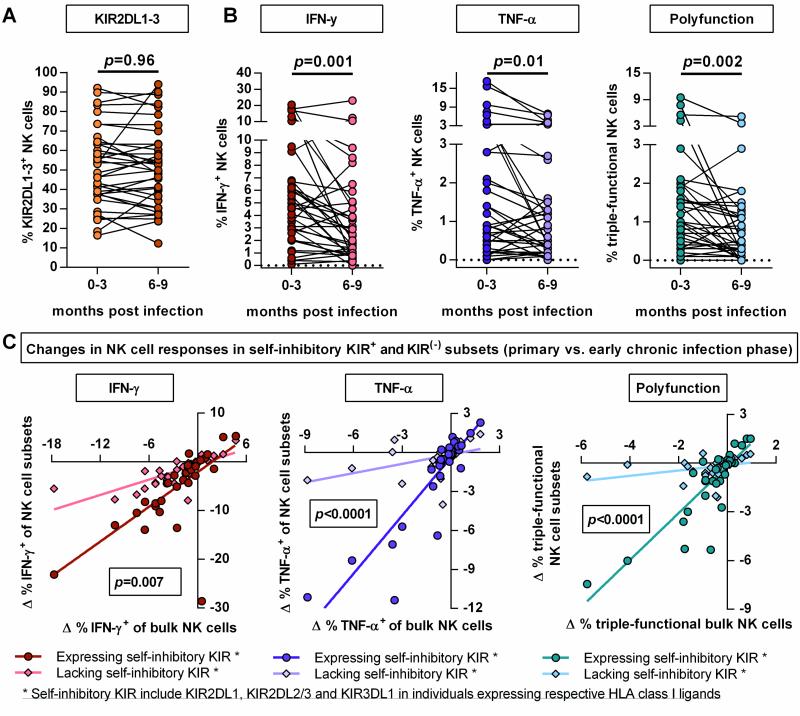Figure 5. Paired comparison of NK cell phenotype and function between primary and early chronic HIV-1 infection.
Changes in frequency of KIR2DL1-3+ NK cells (A), percentages of IFN-γ, TNF-α producing and polyfunctional (CD107a+/IFN-γ+/TNF-α+) NK cells (B). Scatter plots display frequency of above mentioned NK cell subpopulations for each individual (n=36). (C) Correlation plots displaying the differential between NK cell responses in primary and in early chronic infection for bulk as well as self-inhibitory KIR+ and KIR(−) NK cell subsets. * Self-inhibitory KIR+ NK cells are defined as follows: NK cells expressing KIR2DL1-3 and/or KIR3DL1 in individuals carrying the cognate HLA-C group allele or HLA-Bw4 allele. * Self-inhibitory KIR(−) NK cells are characterized by the lack of the mentioned self-inhibitory KIR in the respective individuals. Wilcoxon matched-pairs signed rank test for paired values was used to test for differences between groups. Differential was calculated as follows: Δ % response = [% response (early chronic infection) - % response (primary infection)]. Linear regression analysis was used to test for differences between the slopes of the NK cell subsets.

